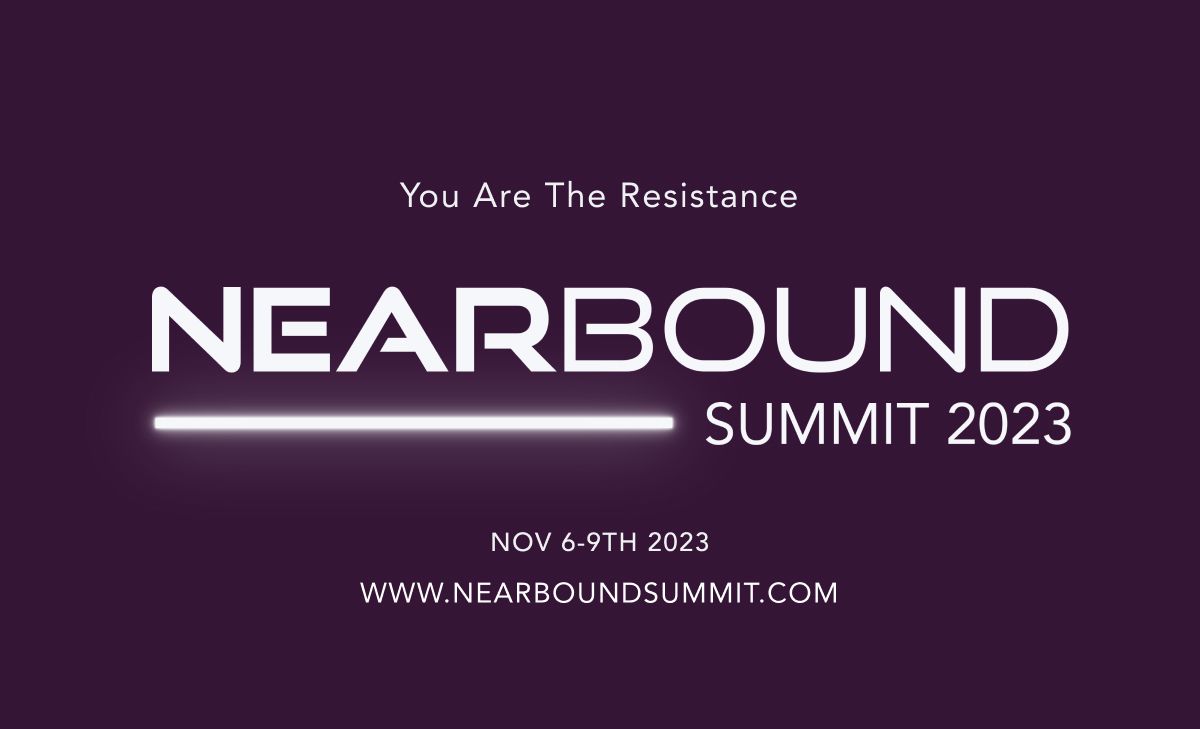A quick recap of the PhD from this week:
- How Barbie hijacked the world
- What The Hustle said about partnerships
- Sunir Shah's tough love for partner managers
- A framework from 15+ years in partnerships
- Why surveys are one of the ultimate forms of co-marketing
Recently published:
- Mastering LinkedIn to Create More Connections with Ali Schwanke and Logan Lyles
- Partnerships Building Tactics with Chad Oda and the Howdy Partners Crew
- Nailing a Salesforce Partnership with Sam and Jason Yarborough
- Having the Right Conversations with the Right People Featuring Katie Landaal
Godfatherly wisdom
To create a category, you've got to channel all of your furious rage. The problem has to get you so fired up that you are willing to go through the pain of creating something totally new just to solve it.
No one knows this better than the Godfather of Category Design himself, Christopher Lochhead.
You have to kick yourself out of the automatic, reflexive thinking your brain normally tends toward and think deeply about problems and solutions.
That’s how the world’s greatest categories were invented.
And that’s also how the greatest ecosystems were started.
Microsoft. Salesforce. AWS. Google. Oracle. SAP. Slack.
And on and on.
Great ecosystems start as categories.
Now if you want to deep dive into category design, read Lochhead’s book Play Bigger. Otherwise, I’ll give you a quick (oversimplified) summary of the concept so we can get into ecosystem building.
When you create a category, you define new and different ways of thinking about a problem. A small group evangelizes that belief until more and more people start believing it too.
Ecosystem building is category creation on steroids.
Lochhead explains it like this,
In order for an ecosystem to exist, there has to be a shared belief about something. And in business generally, it's a shared belief about some kind of a problem and or opportunity and some kind of a solution to access that opportunity and or solve that problem.
It starts with the belief component: You own the problem, and you become the solution. Then, as momentum around the belief grows, you help others become the solution.
He explains,
The intention is to create such a powerful new category, that we cannot service the whole thing ourselves. We're creating more economic opportunity and more value opportunity for our customers then we, the category designer of the whole space, can deliver on ourselves.
If you have a radical new category with a powerful point of view that captures people's imagination and attention…that frames, names, and claims a problem that really matters to people.
Bam.
That's how an ecosystem happens.



